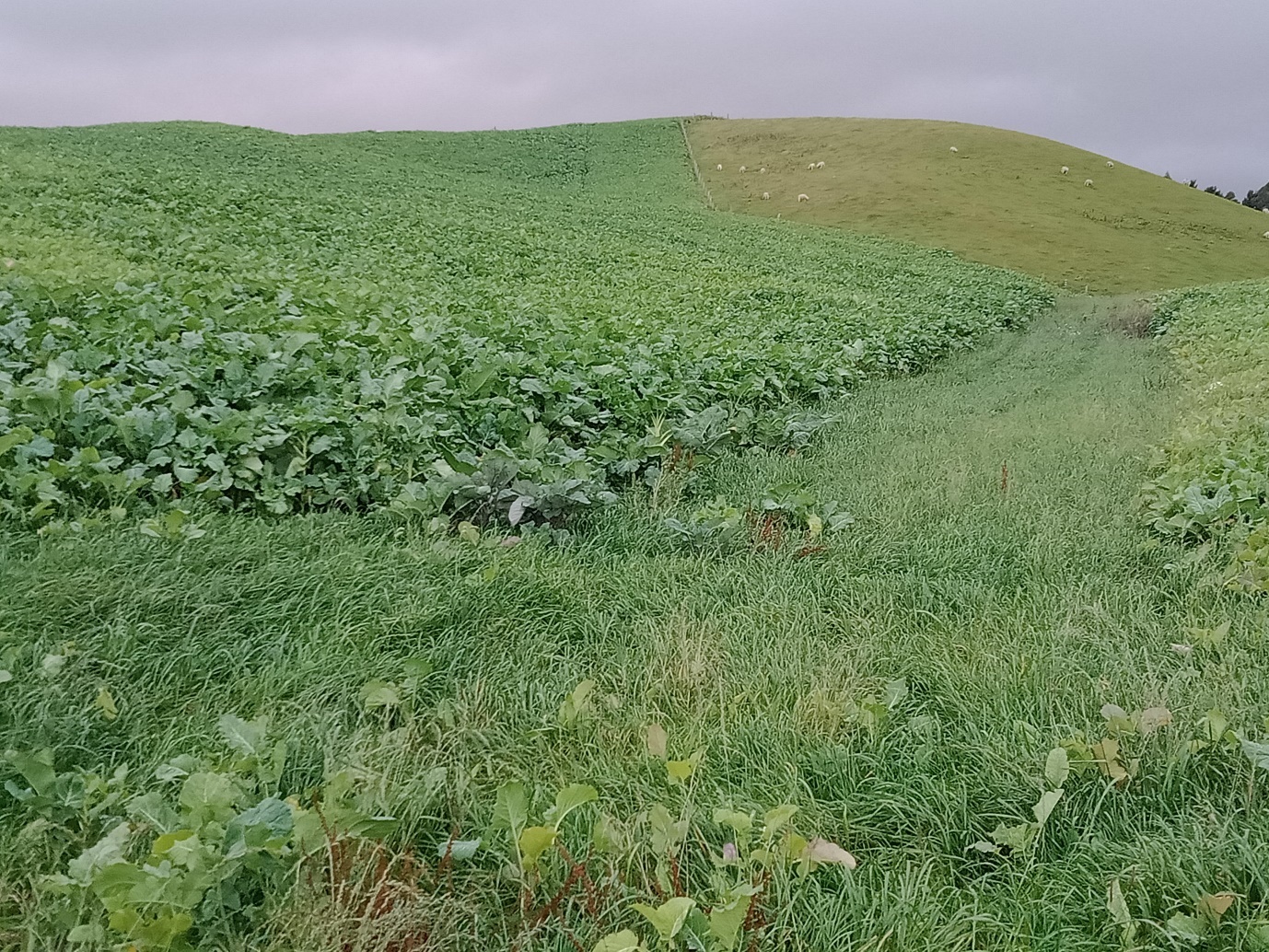Grass buffer and Filtration strips
What
Grass buffer strips and filter strips are areas of permanent vegetation situated between a paddock and the waterway they drain into. These buffers are intended to intercept and slow overland runoff and reduce the amount of contaminants entering the waterway.
Why
These buffer strips have the potential to stabilise stream banks and reduce topsoil loss from paddocks. Where the strips are present, significant reductions have been shown in faecal bacteria from dairy shed effluent e.g., campylobacter and E. coli (80-95%).
All farming enterprises can benefit from the use of the strips; however, they are particularly beneficial to cropping operations, farms on low to moderate permeability soils, farms on moderate to steep slopes and properties with a climate of high intensity rainfall where surface runoff is a significant contaminant pathway.
Consider not sowing forage crops right next to streams, then they are protected with a buffer of grass. The size of buffer will need to be dependent on factors such as soil type and slope of the adjacent ground. Any buffer strip can be further enhanced by leaving a “last bite strip” of crop to be grazed last.

References
Collins, R., Mcleod, M., Hedley, M., Donnison, A., Close, M., Hanly, J., Horne, D., Ross, C., Davies‐Colley, R., Bagshaw, C. and Matthews, L. (2007). Best management practices to mitigate faecal contamination by livestock of New Zealand waters. New Zealand Journal of Agricultural Research, 50(2), 267-278.
Gillingham, A. G., & Thorrold, B. S. (2000). A review of New Zealand research measuring phosphorus in runoff from pasture. Journal of Environmental Quality, 29(1), 88-96.